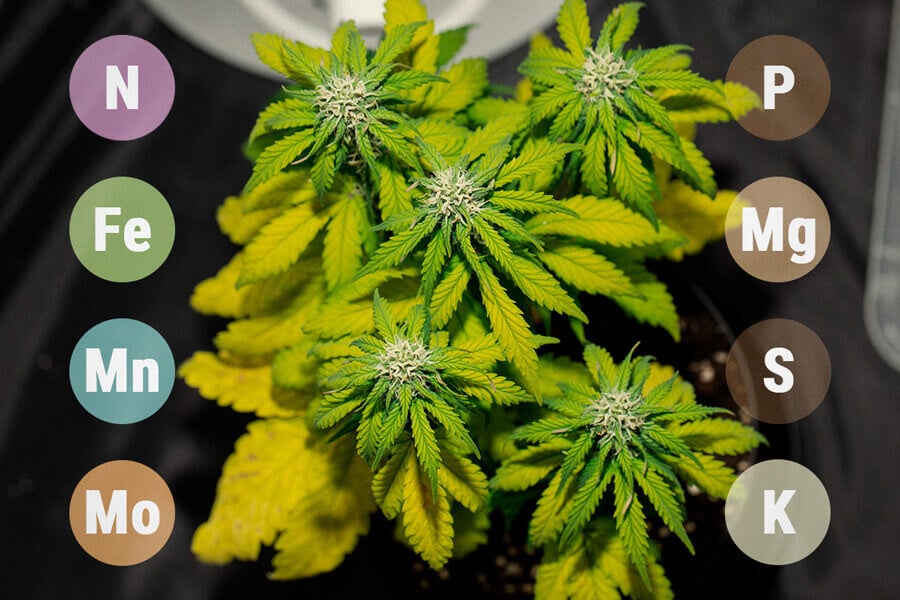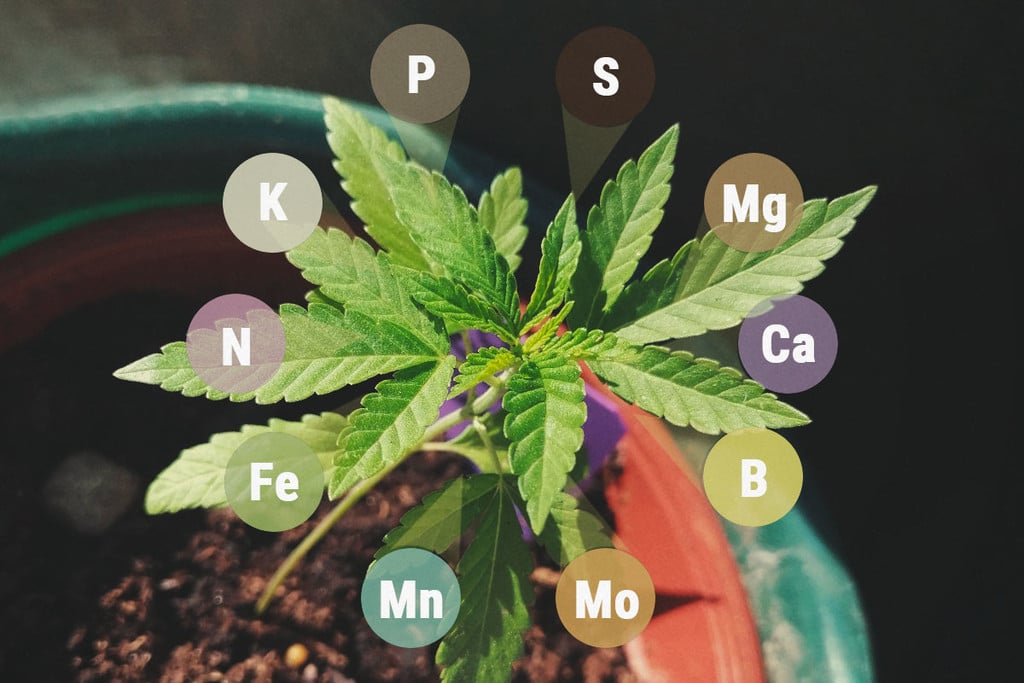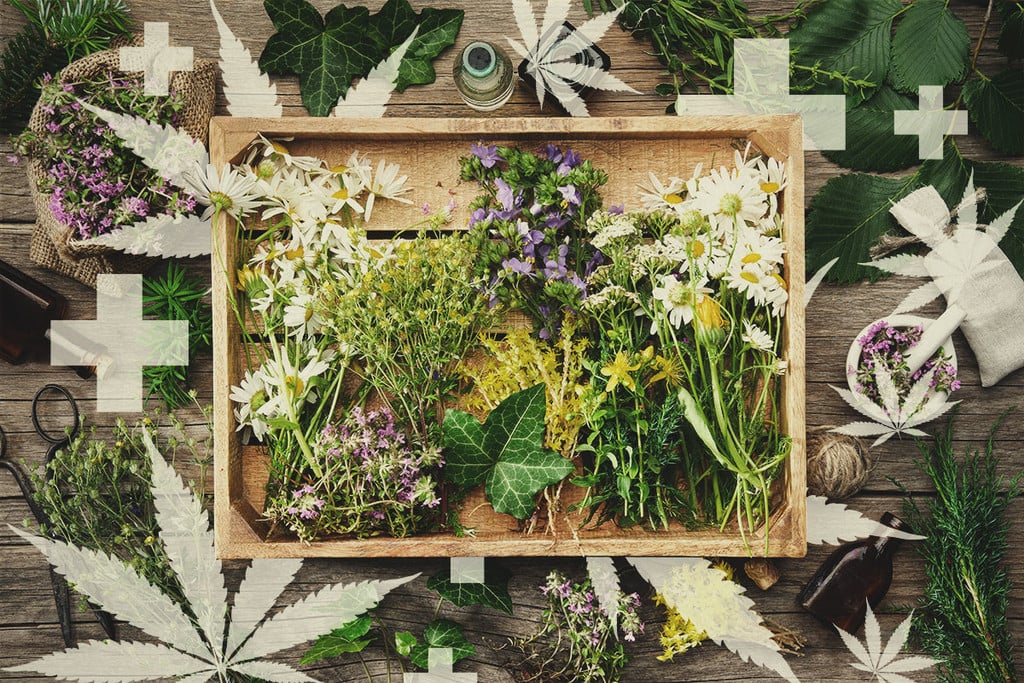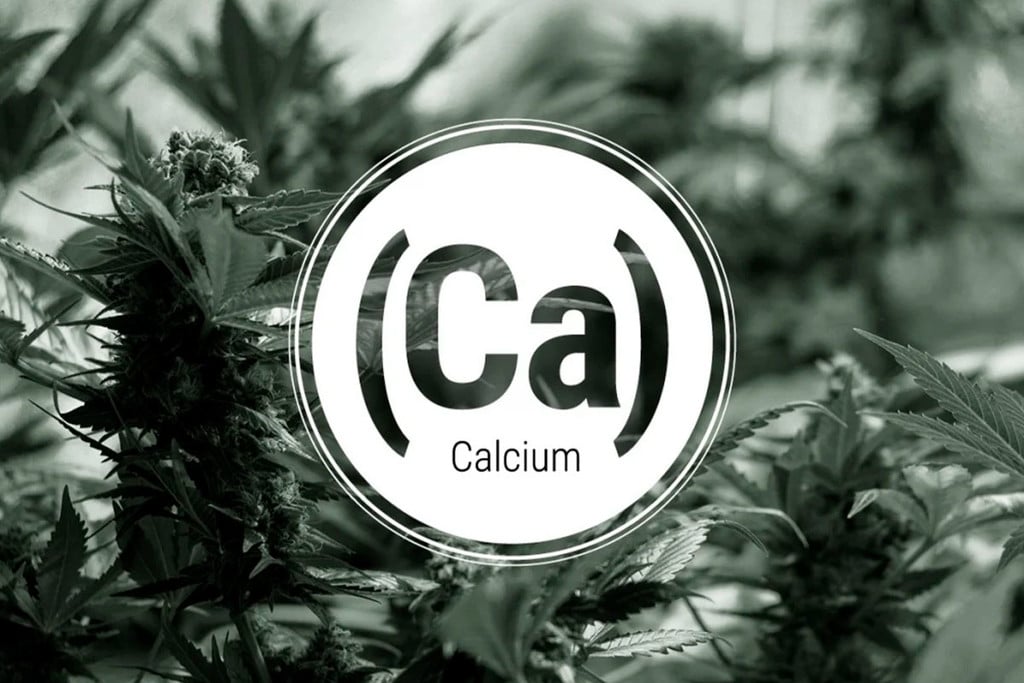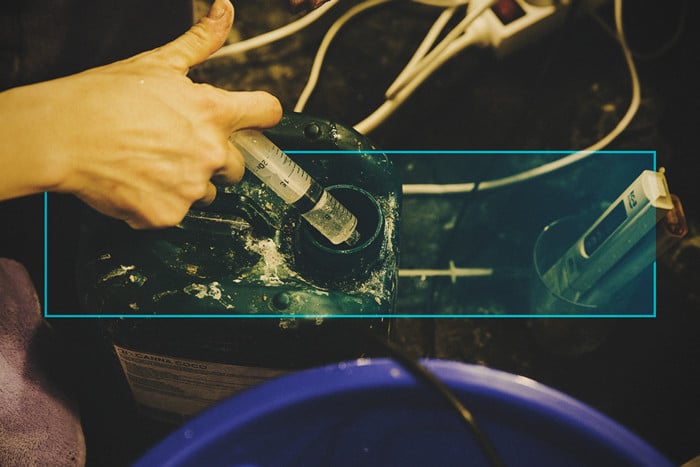.
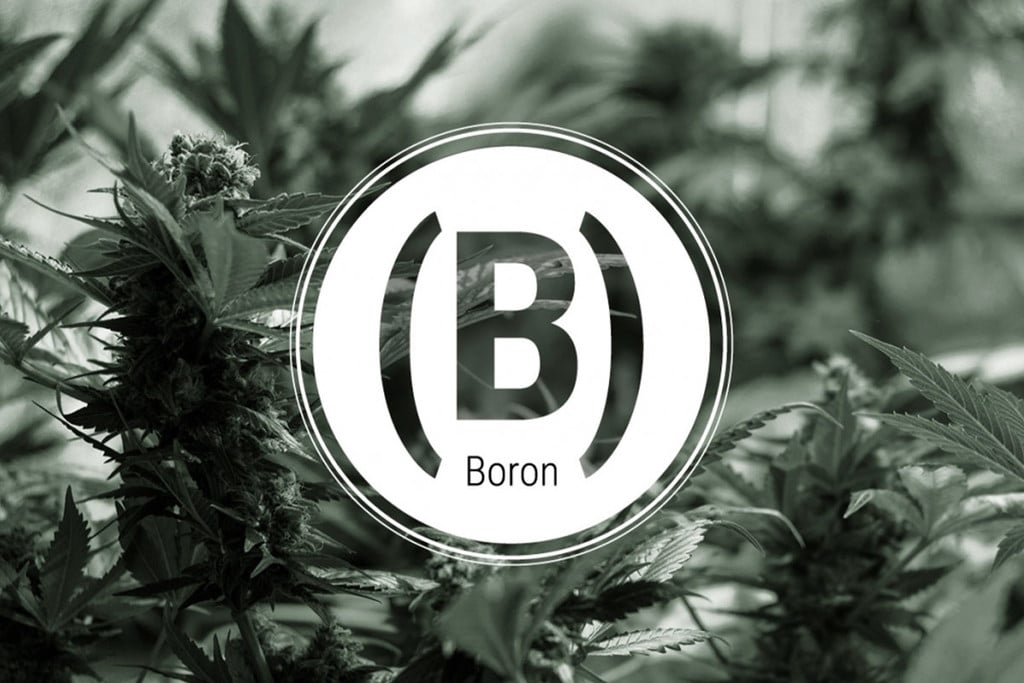
Boron Deficiency In Cannabis Plants
Modern cannabis nutrients perform very well for pretty much everyone. If things do go wrong and your marijuana looks sick, it could be a boron deficiency. Find out the basics about deficiencies in the cannabis plant from the pros at RQS.
How To Identify Boron Deficency In Cannabis Plants
Boron is an essential micronutrient in all plants. It supplies structural integrity for cell walls, helps maintain the plasma membrane and promotes the health of other metabolic pathways. Insoluble boron plays a major role in plant integrity. Soluble boron is more likely the culprit for overdoses; however, soluble boron is the source for insoluble boron used in plant cells.
Boron is fixed once it is taken up by the plant, so a boron deficiency only occurs in new growth. Nitrogen, calcium and other essential plant nutrients work in concert with boron to ensure plant health. Plants may display a number of deficiency symptoms if there is a lack of boron. For example, grey or brown dry spots may occur that look similar to signs of a calcium deficiency, only the spots are larger. Similarly, purple stems can be a symptom of cold, nitrogen toxicity or boron deficiency. Only with boron, stems become much more soft.
A boron deficiency can drastically affect the quality of your plants. The follow may result from such an occurrence:
- Inhibits turgor. Plants will lose their lushness. This is easily observed in marijuana as the plant is universally admired for vibrant growth.
- Reduces fertility. Less pollen is produced, which also encourages sterility. Calyxes become underdeveloped and bracts, which are modified leaves, will show symptoms such as small, dead, brown spots.
- Affects vegetative and reproductive growth. Overall growth at all stages can be affected. Vegetation is stunted and growth is slowed. Flower development, both male and female, is severely compromised.
- Can kill the meristems. These are plant tissues which contain undifferentiated cells that are essential for plant growth.
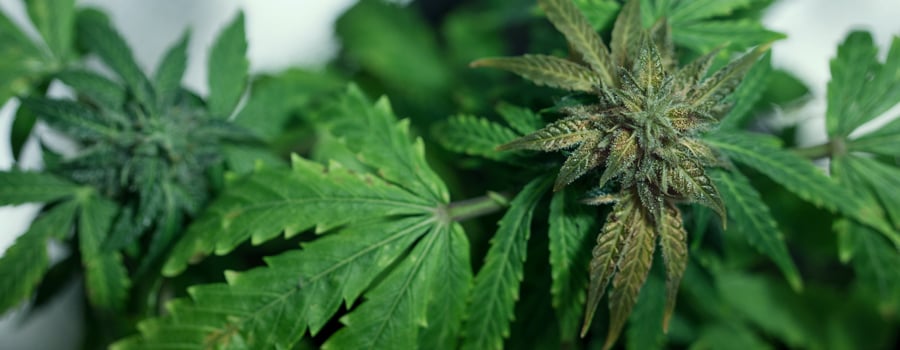
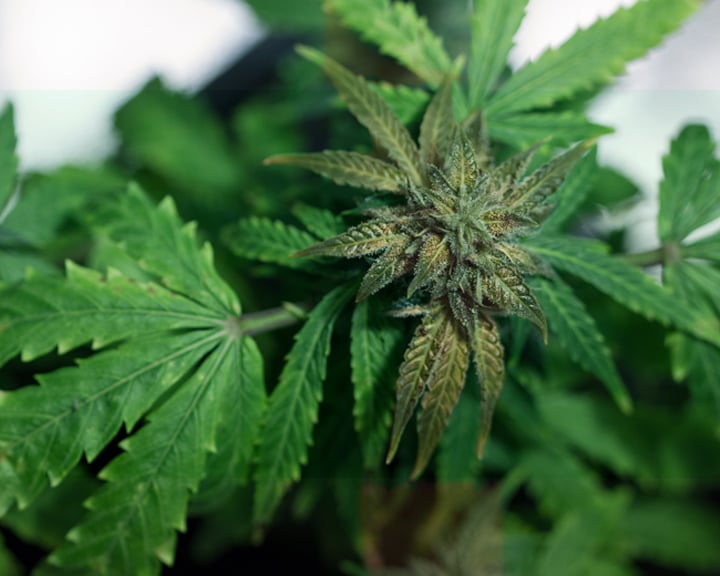
1. Symptoms
Boron deficiencies usually occur when a plant is underwatered or subjected to low humidity. Boron deficiencies can mimic calcium deficiencies as both elements rely on each other to maintain overall plant health.
The following are symptoms of boron deficiencies:
- New vegetative growth that is twisted and burnt unfolds and expands more slowly. New growth eventually dies and autumns off, effectively topping the plant. New side shoots lack vigour, curl and turn grey or brown.
- New growth is thick and the tips seem clustered, rather than expanding and growing taller. The primary tip leaf cluster may be vivid green.
- Sugar leaves will no longer "reach for the light." Because boron is essential for cell strength, the whole plant will eventually droop and collapse instead of autumn over.
- Leaf stems and branches appear soft and lacklustre and may even turn purple. Essential metabolic functions are interrupted with a boron deficiency and the whole plant suffers.
- Slowed root growth. Eventually, main roots will die off and secondary roots will be stunted and swollen. This makes them prone to bacterial infections and rot.
- Small brown spots surrounded by dried tissue expand across the whole leaf. Eventually, the leaf will crumble away.
- Main stalks and branches appear rough and brittle and can become hollow.
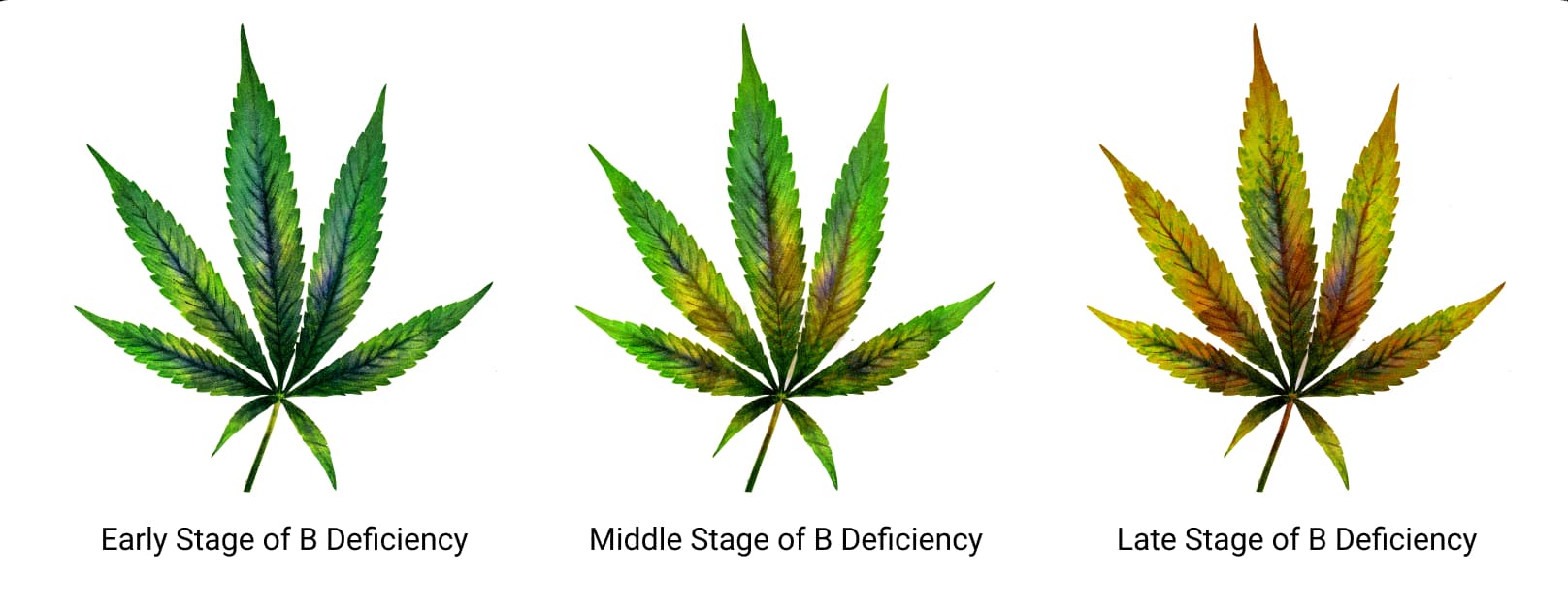
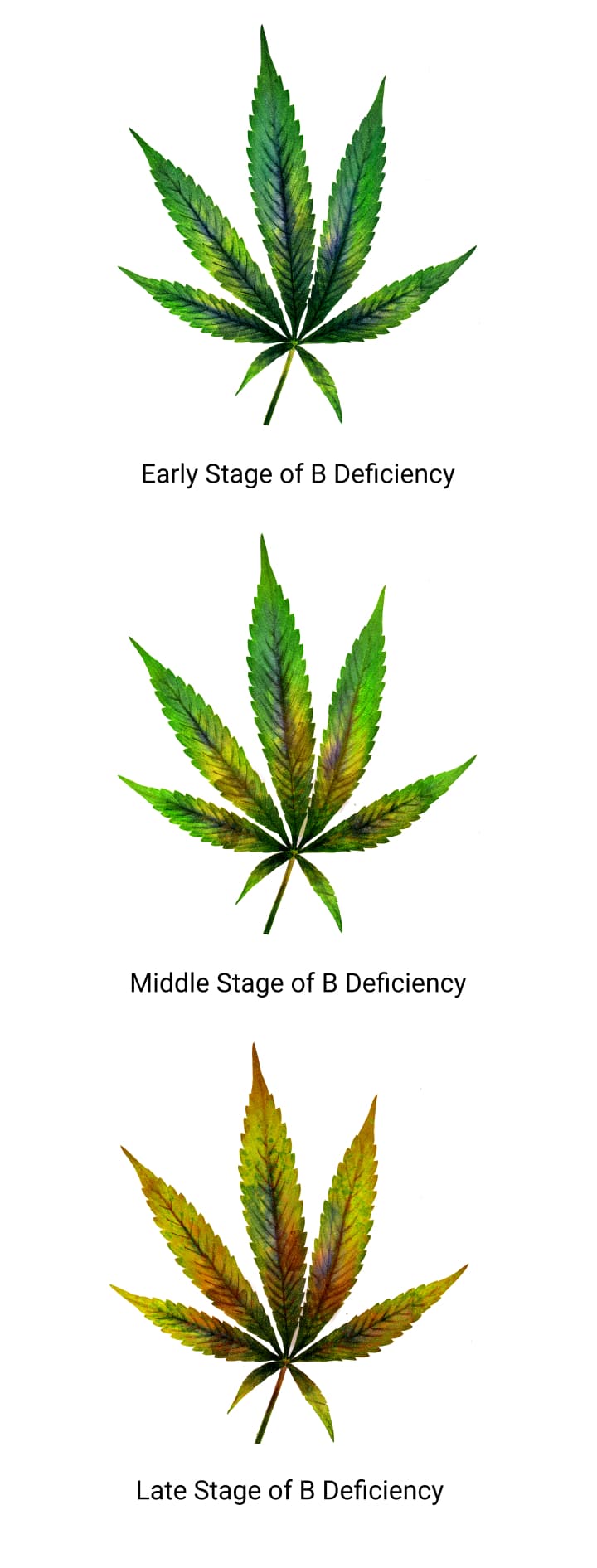
2. Prevention
To help prevent a boron deficiency:
- Make sure plants do not dry out too often.
- Don't over-fertilise! This will cause nutrient lockout.
- Make sure the humidity is above 25%. A humidifier or dehumidifier is always a good idea when growing indoors.
- Always use cannabis-specific nutrients with the necessary cross-section of elements.
- Soil growers should use a comprehensive, well drained soil.
3. Treatment

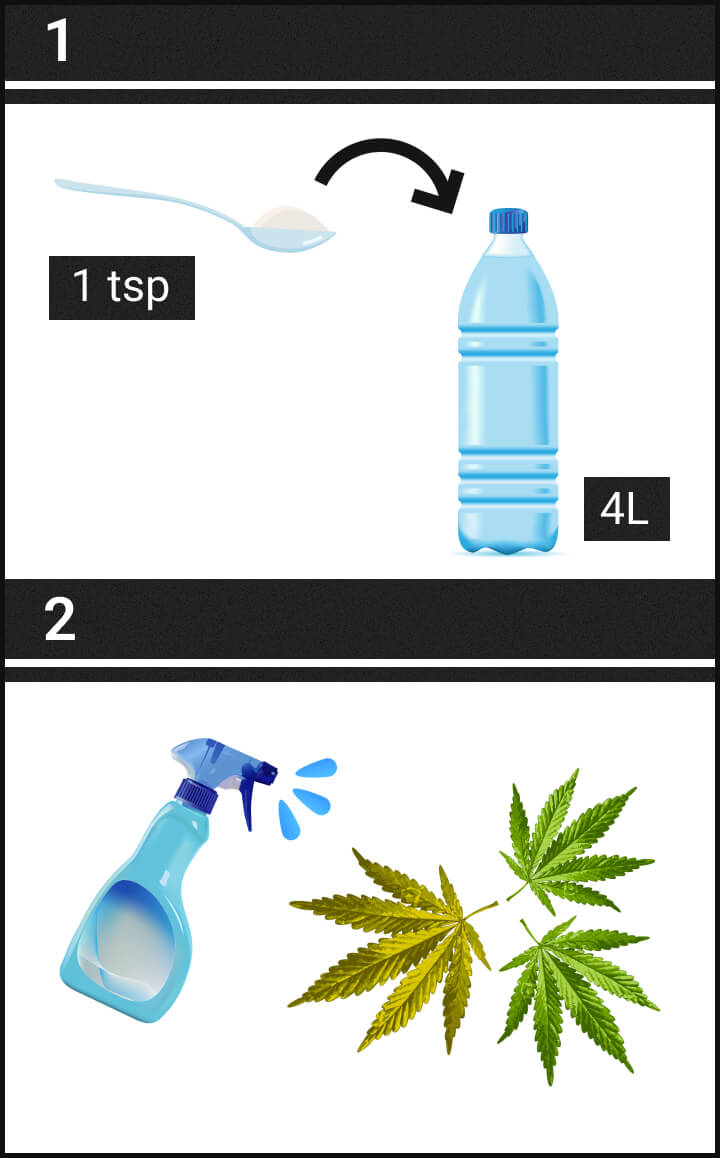
In the unlikely event of a boron deficiency:
- Apply a mix of 1 teaspoon boric acid to 4 litres of water to the affected plants. Results will be noticeable overnight.
- When plants show positive reactions, flush with clean water or a commercial marijuana tonic and begin normal nutrient routine.
Boron is found in most tap water, so those growers using very filtered or RO water are most at risk. With all deficiencies, make sure you have tested the basics first. That means water quality. Test the pH. Depending on how you measure dissolved solids, check the EC or ppm. These two primary water conditions can imitate many deficiencies in the cannabis plant. Once you are satisfied with your water, it is time to start hunting for the real culprits.


























